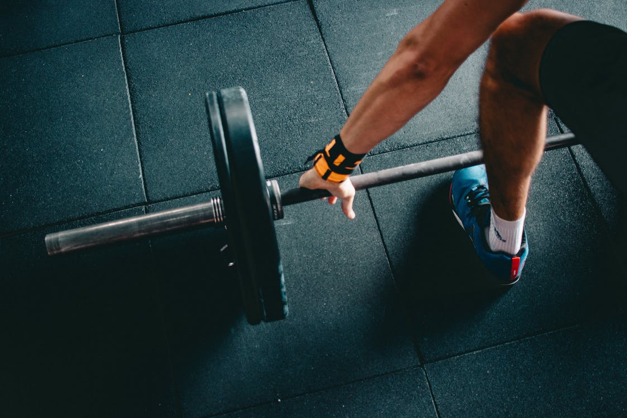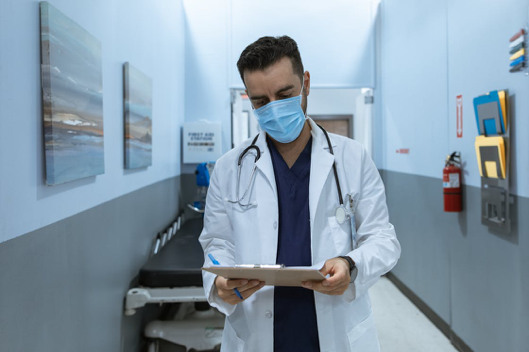Spider veins and superficial veins are the tiny blues, red, or purple veins that are more prominent on the legs. These veins are harmless but will make you feel self-conscious about your appearance. To enhance the look of your hands and feet, you can choose between numerous cosmetic treatments to remove these networks of veins.
Most commonly, you will experience these veins on the calves, ankles, and thighs. These veins are more visible and common in women than men. Specialists are unable to find the actual reason behind these web-like veins. Still, most cases suggest that this condition runs in families. Also, many cases link to obesity, pregnancy, and birth control pills.

(Source)
Causes of Spider Veins
Spider veins are abnormal structures of blood vessels. These veins are responsible for transferring the blood back to the heart to complete circulation. To maintain the one-way flow, these veins include valves. On the other hand, when valves lose their ability to function properly, blood starts to fill in, increasing pressure on the veins. This pressure and continuous flow of blood weaken the blood vessel’s lining as it stretches it out, making it more visible.
Risk Factors of Spider Veins
Adults are prone to this condition due to their daily routine. On the other hand, spider veins are more frequent in women than men. Numerous risk factors increase the chances of spider veins, obesity, hormone therapy, injury, prolonged sitting or standing, injury, birth control pills, genetic conditions, and repetitive blood clotting.
Symptoms of Spider Veins
Usually, there are few prominent symptoms for spider veins, other than cosmetic appearance. Still, as the severity of the condition increases, you might notice numerous problematic symptoms. These include burning, aching, swelling, itching, and throbbing. You might also experience sores, which lead to skin ulcers and other similar disorders. The complications arise when you prolong standing and sitting tasks. When you start experiencing discoloration of the skin, you need immediate medical emergency as it might cause skin infection.
Complications of Spider Veins
Even though the severity of spider veins is rare, many people suffering from the condition start bleeding and develop wounds. Sometimes, it leads to soft tissue infections. You might also suffer from blood clotting and another superficial thrombophlebitis. That is why experts suggest you visit a vein specialist when you develop initial symptoms of spider veins. They will recommend the best treatment in a safe and secure environment.
Diagnosis of Spider Veins
During the initial consultation, your specialist will diagnose your condition and identify the reasons behind the development of the condition. They will check for the underlying conditions and closely examine damaged veins. First, they will visually inspect for the signs of clotting, swelling, and skin discoloration.
Moreover, they will use ultrasound mapping to locate the position of the failed region. This way, they can visualize spider veins and find the best treatment and medical care. If your condition is not critical, or you can fix it alone, they will suggest different techniques, including a tight stocking on the affected area. Sometimes, these traditional methods work to avoid complications.
Treatments for Spider Veins
If the vein specialist identifies a need for treatment, they will recommend vein-removal techniques depending on your condition. You can rely on numerous methods, depending upon the size and depth of the vein. Here are some of the common treatment options that doctors recommend:
1. Sclerotherapy
These are invasive treatment options for removing spider veins. A professional vein specialist will inject you with the chemical solution. They will directly insert the solution into your vein. This liquid or the foam-based mixture will irritate the inner lining of the vein. When the solution enters your vein, it removes blood and damages the cells. This reaction will shrink the vein, closing the ends so the blood won’t escape.
Depending on the vein’s size, you might require more visits to the doctor as the high dosage of the solution might cause a reaction. Furthermore, the specialist will start with the most irritating veins and wait for the vein to recover before they inject the solution into other veins.

(Source)
2. Laser Treatment
The specialist can recommend laser treatment for smaller and larger veins. However, these treatments are less invasive, but doctors will use a strong beam of light and remove the damaged vein. The procedure can use one of two types of laser technologies, depending on the condition.
- Simple Laser Treatment
- Endovenous Laser Ablation
Conclusion
Various other conditions are similar to spider veins. Angiomas and Hemangiomas are the networks of tiny arteries and veins. Experts call these networks of arteries and veins, arterioles, and venules, respectively.
To identify the conditions and the complications, you can consult with Dr. Norman Chideckel in our vein treatment clinic. We provide a wide range of vascular treatments in a comfortable environment to remove your spider veins.
For appointments, contact us at 212-993-6133.


